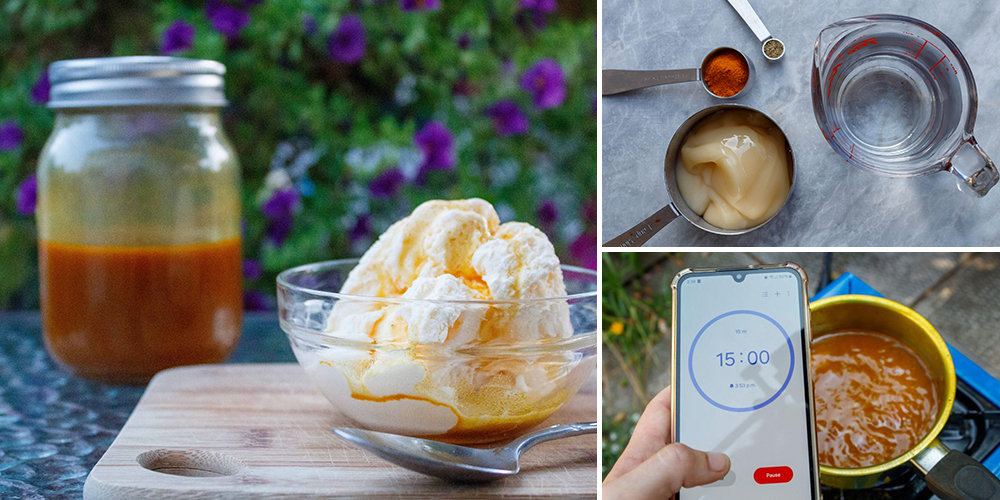
Homemade Anti-Inflammatory Turmeric Syrup
You probably know a lot about turmeric; it’s well-known culinary background as a spice from India, used in savory dishes like rice, veggies, and chicken, and its well-known medicinal properties and uses in Chinese and Ayurvedic medicine for inflammation.
You might also be aware that it stains anything and everything it touches… But do you know what to do with turmeric?
Oftentimes, people don’t know what to do with turmeric aside from sprinkling it in the soup they’re making. A trend you might have heard of lately is the turmeric lattes.
The versatility of turmeric clearly has an extreme range, and doesn’t have to be used only for savory dishes. Being able to use turmeric in all dishes and beverages, savory or sweet, means you can utilize its benefits constantly.
The anti-inflammatory benefits of turmeric
Turmeric’s main active ingredient is curcumin, which provides the potent anti-inflammatory and antioxidant properties that we humans hold so dear. Curcumin plays a key role in the treatment of chronic inflammatory diseases. Studies have shown that curcumin can significantly decrease inflammation, along with other damage caused by oxidative stress.
Oxidative stress is a precursor to chronic inflammation. Consistent oxidative stress will cause chronic inflammation, which leads to more complicated diseases. Oxidative stress means an imbalance between the production of reactive oxygen species (free radicals) and antioxidant defences.
This imbalance causes damage to important biomolecules and cells. When specific free radicals are studied, it is found that the hydroxyl radical is the most damaging. The hydroxyl radical attacks a specific pathway in the inflammatory system called the Nrf2 pathway, and it is responsible for protecting the kidney, heart, and brain from oxidative stress.
Our bodies are under constant attack from chemicals and pesticides that our parents and grandparents never had to face. Every day, we’re exposed to synthetic compounds, industrial pollutants, and agricultural toxins that trigger inflammation and overwhelm our natural defenses. While turmeric is a powerful ally in this fight, it’s just one piece of the puzzle.
The truth is, if you want to truly protect yourself from the toxic burden of modern life, you need a comprehensive approach. You need to know which foods heal and which harm, how to detoxify effectively, and which natural remedies can restore your body’s balance. This is the wellness guide that shows you, step by step, how to shield yourself from modern toxins, restore balance, and refresh your body naturally.
Just like its culinary uses, turmeric is versatile in the world of medicine, especially in traditional Chinese and Ayurvedic practices. Turmeric contains over 100 bioactive compounds, and curcumin is only 3-5% of its root constituents. Amazingly, traditional medicine has been using turmeric for centuries to treat snake bites. It’s also used in practice for the treatment of eye infections.
Now, back to inflammation. There are two stages to inflammation: acute and chronic. Acute inflammation is the beginning stage, followed by chronic inflammation in serious instances or if left untreated. Inflammation can understandably lead to physiological and psychological morbidities.
Persistent chronic inflammation can lead to various types of diseases, including arthritis, cardiovascular disease, diabetes, neurodegenerative diseases, metabolic disorders, obesity, and pancreatitis. As well, certain types of cancer develop and grow in conditions of chronic inflammation.
Incorporating turmeric syrup into your diet before inflammation worsens will increase your chances of avoiding chronic inflammation.
Here’s what most people don’t understand about chronic inflammation: you could take all the turmeric in the world, but if you’re still eating foods that fuel the inflammatory fire, you’ll never truly heal. Some foods are like gasoline on flames, while others act like a cooling stream.
Without this crucial knowledge, you’re fighting a losing battle. Your body is desperately trying to heal while you unknowingly sabotage it with every meal. But when you understand which foods to embrace and which to avoid – and in what amounts for YOUR unique body, inflammation doesn’t stand a chance.
Learn the complete Anti-Inflammatory Diet that has helped thousands of people reclaim their health. No special supplements needed, just the power of knowing which everyday foods heal and which harm. Download Your Anti-Inflammatory Diet Here
How to use turmeric syrup
The fun thing about turmeric is that it can be used in many dishes. Most people think of using turmeric for savory dishes, but by using turmeric to make syrup, it opens up a whole new world into the realm of sugars, sweets, cocktails, and more!
When it comes to syrup, people think of pancakes; you can use turmeric syrup on your pancakes, waffles, even yogurt, granola, and fruit.
If you like your cocktails (or mocktails), turmeric syrup is a great addition. For drinks like Blood Orange Cocktail or Mimosa, you can add turmeric syrup for a nice earthy hint of flavor.
Turmeric syrup is so uniquely versatile that it can be used in your morning coffee or tea. If you enjoy smoothies in the morning, you can add turmeric syrup to that, as well.
If you like to keep things simple, straight to the point, you can always add the turmeric syrup to a cup of hot water and lemon. Add enough until the taste is just right.
Adding turmeric to your coffee is brilliant for reducing inflammation. Adding hawthorn protects your heart from caffeine’s extra workload. But there’s one ancient herb that, when prepared correctly and added to your morning cup, delivers more sustained energy than any energy drink on the market, without the crash, jitters, or artificial ingredients.
The best part? It doesn’t change the taste of your coffee at all. This herb has been energizing warriors and workers for centuries, yet most people have never heard of it.
Here’s how you can prepare the herb that gives more energy than energy drinks, naturally.
How to make turmeric syrup
Making turmeric syrup is very simple and requires little effort. There are few ingredients and tools needed as well. For ingredients, you will need turmeric root or powder, freshly cracked black pepper, sugar or an alternative like honey, and water.
Black pepper is an important ingredient in this recipe. Because of turmeric’s low bioavailability, our bodies don’t absorb turmeric effectively for us to receive the maximum benefit of its key medicinal compound, curcumin.
Before you start making your syrup, avoid these common errors that can destroy turmeric’s healing power:
Mistake #1: Not pairing turmeric with fat or black pepper. Black pepper contains piperine, which increases curcumin absorption by 2,000%. Without it, you’re wasting most of turmeric’s benefits.
Mistake #2: Adding honey to water that’s too hot. Heat above 104°F destroys honey’s beneficial enzymes and can even create toxic compounds.
Mistake #3: Using the wrong ratio. Too little turmeric means minimal benefits; too much can cause digestive upset.
Mistake #4: Storing improperly. Light and heat degrade curcumin rapidly, making your syrup less effective over time.
Mistake #5: Ignoring quality. Commercial turmeric is often irradiated and contains fillers that reduce potency.
These are just the beginning. There are dozens of preparation mistakes that can turn healing herbs into ineffective (or even harmful) concoctions.
Don’t let amateur mistakes sabotage your health. See the Complete List of Herbalist Mistakes to Avoid Here
The tools you will need include a small pot, a spoon, and an air-tight glass container to store the final product in. If you are using fresh turmeric root, it is highly recommended that you wear gloves while processing and handling the turmeric root to avoid staining your hands. Also, if you use turmeric root, you can dry the pieces after straining them from the syrup to make candied turmeric.
This recipe uses turmeric powder rather than fresh turmeric root and honey in place of sugar.
Homemade Anti-Inflammatory Turmeric Syrup
Ingredients:
- 1 tablespoon of Turmeric Powder
- 1 cup of Honey
- 1 teaspoon of Black Pepper Powder
- 250ml of Water
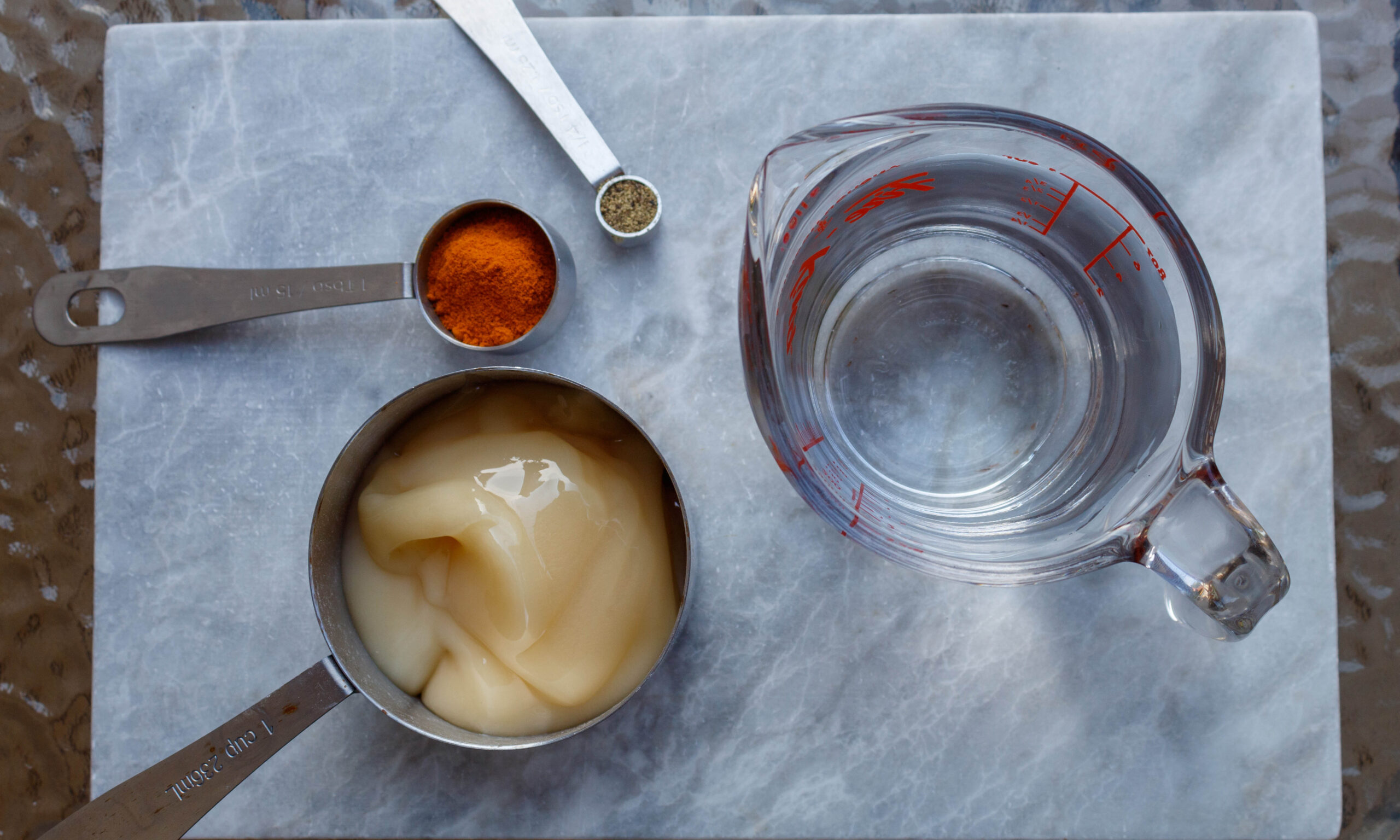
Instructions:
- Add the turmeric, pepper, and water to a pot

- Bring to a boil and simmer for 15 minutes, stirring occasionally

- Remove from the heat and stir in the honey if you haven’t, continue to stir until it is completely dissolved and mixed thoroughly

- Pour the syrup into an air-tight glass bottle and let the syrup steep for 7-12 hours before adding to ice cream!

When Inflammation Strikes From the Outside
If you’re dealing with any type of inflammation (especially chronic joint pain) this syrup will help from the inside. But inflammation is a war that requires fighting on multiple fronts. You need external relief too.
Try making a turmeric poultice and applying it directly to painful joints. For immediate pain relief, add some cayenne powder to numb the area on contact. But if your pain is constant and debilitating, making fresh poultices daily becomes exhausting and messy.
That’s when you need a professional-grade salve that you can apply anytime, anywhere. The problem with making your own? Getting the ratios right, ensuring proper extraction of active compounds, and achieving the right consistency takes years of practice. Most homemade attempts are either too weak to be effective or too strong and cause skin irritation.
Skip the trial and error. Get the most powerful natural pain reliever in America, crafted by one of the country’s most trusted master herbalists using time-tested formulations. This salve has helped thousands find relief when nothing else worked. Get Your Professional Pain Relief Salve Here. Here’s what people say about it:
Leave a comment below with the remedies you’re using against inflammation. We’d love to hear them all!






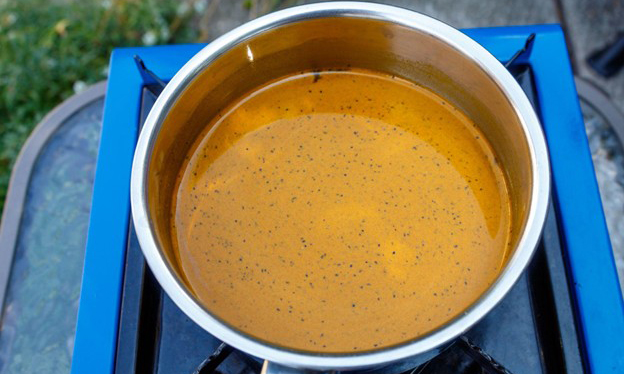
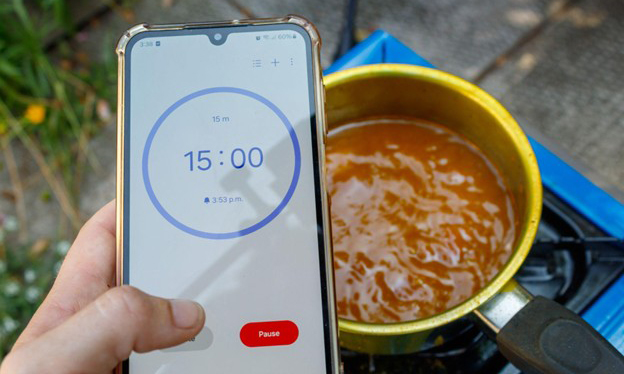
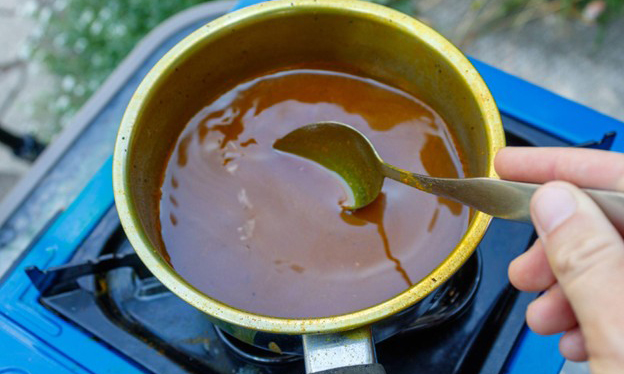
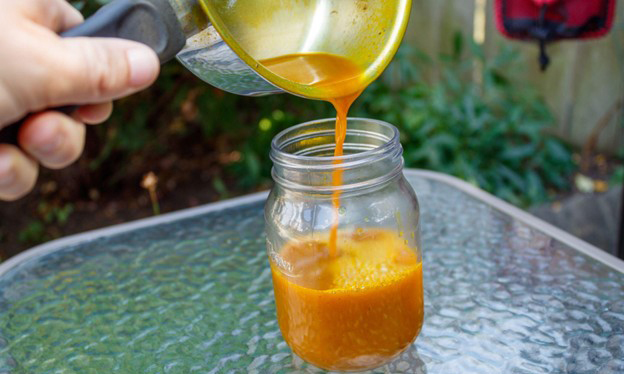
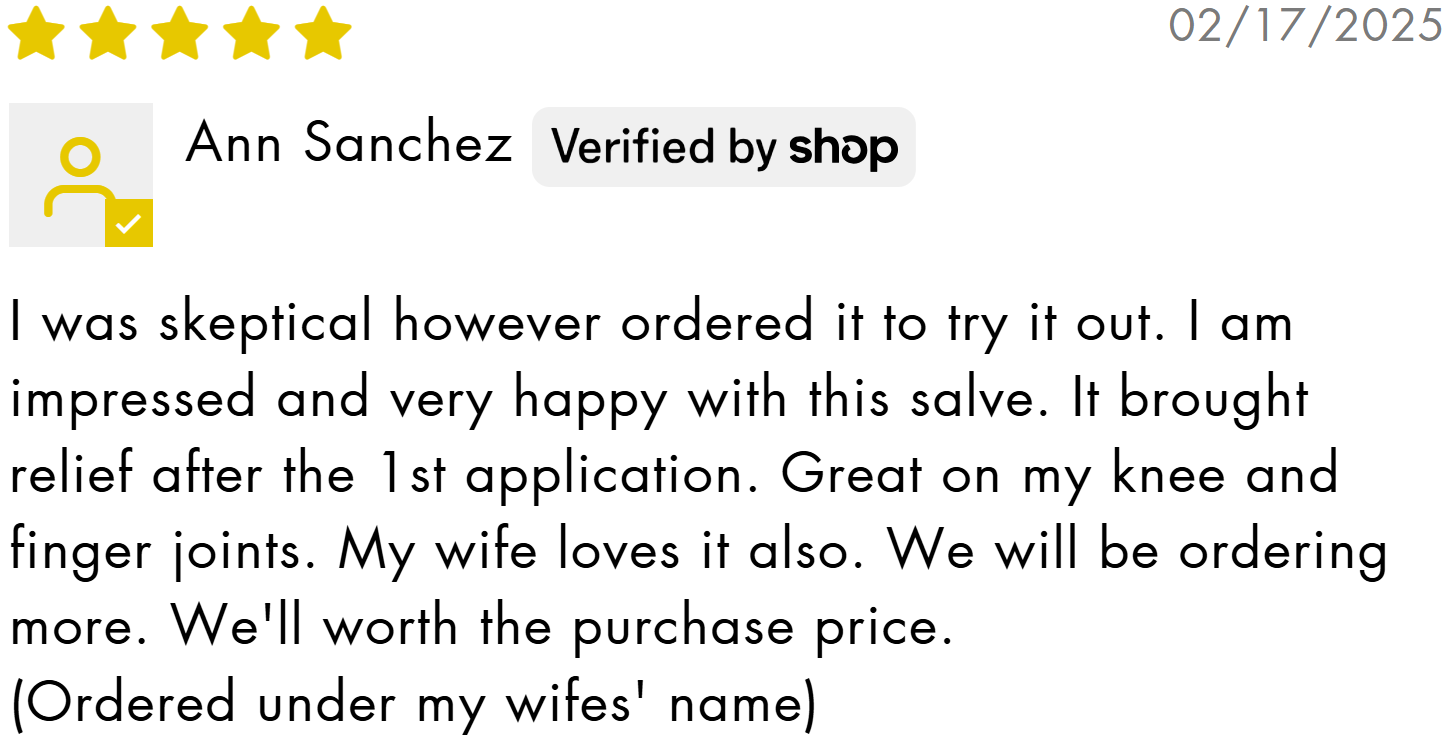
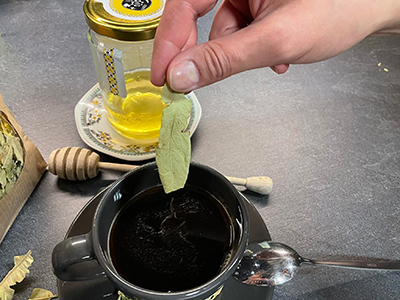
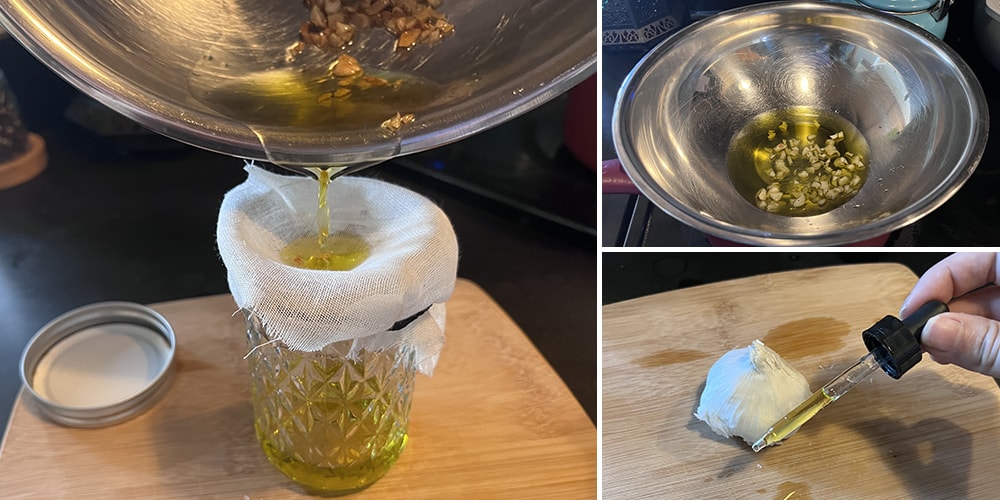
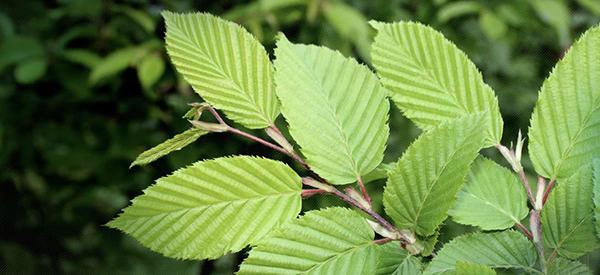
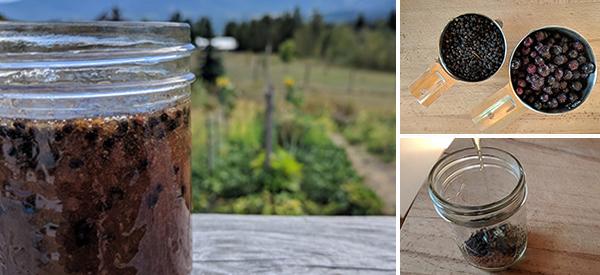
Please clarify how you warn us about Mistake #2: Adding honey to water that’s too hot. Heat above 104°F destroys honey’s beneficial enzymes and can even create toxic compounds, then tell us to add honey then boil or add honey just after boil. Would the temperature not be too hot?
As a beekeeper, I heat my crystalized jars of honey submerged in water in a crockpot set to the warm setting. I use a candy thermometer to keep an eye on the temp, as it will climb above 104 on that setting. It takes a few hours to get the jar back to liquid consistency, with me turning it off and on to regulate the temperature. When I make the above recipe, I think I am going to use honey that does not need to be reconstituted. I’ll simply stir this concoction continuously on warm until it is smooth.
Thank you for sharing your experience, Holly! That’s such a smart way to preserve honey’s integrity while re-liquefying it. Using honey that doesn’t need reconstituting (or adding it gently off heat as you suggested) is definitely the best way to maintain those enzymes. Your tip will be very helpful for others here!
Great question, Jay! You’re right, boiling temperatures will destroy honey’s beneficial enzymes. That’s why we recommend letting the mixture cool down slightly before adding raw honey. If you’re using crystallized honey, you can add it earlier to dissolve, but for maximum benefits of raw honey, stir it in only after removing the pot from heat and letting it drop below about 104°F.
After pouring the Turmeric syrup in the jar should I put the lid on immediately or after steeping?
Hi Ileana! Once you’ve poured the syrup into the jar, it’s best to let it steep with the lid slightly ajar until it cools down. This prevents condensation inside. Once cooled, seal it tightly with the lid and store.
And also for diabetic people, can we use instead of honey, stevia? You tell us that we loose honey’s beneficial enzymes if we heat honey above 104° F, but what enzymes are that and if we use Stevia these enzymes aren’t probably not provided or totally nihil…..
Great point, Marleen. The enzymes most often mentioned in raw honey are diastase, invertase, and glucose oxidase. They support digestion and antibacterial properties, but they’re heat-sensitive. If you’d prefer to avoid honey because of blood sugar, you can use stevia as a natural sweetener. Just keep in mind you won’t get those honey-specific benefits, but you’ll still have the turmeric and pepper power working for you.
Hi, I prefer fresh turmeric, so how much turmeric should I use? Appreciate your help. Many thanks!
Hi Laura! Fresh turmeric root works beautifully. The general rule is 1 inch of fresh root ≈ 1 teaspoon of powder. So for this recipe, you can use about 1–1.5 inches of fresh turmeric root (grated) in place of the tablespoon of powder.
Thank you, I’m grateful for your reply! Xx
How of this should I put in my coffee?
1 tsp?
Hi Althea! A good starting point is about 1 teaspoon of the syrup stirred into your coffee. You can adjust to taste… some prefer a little more for stronger flavor and effect.
I agree that the video is misleading regarding the honey! It would be helpful to show how to properly incorporate the honey without ruining it’s beneficial enzymes. I’m wondering if cooking with low heat (for honey) would make the same syrupy consistency as your version. I don’t want to ruin a good cup of expensive honey trying to find out. Thanks for your ideas and for your help.